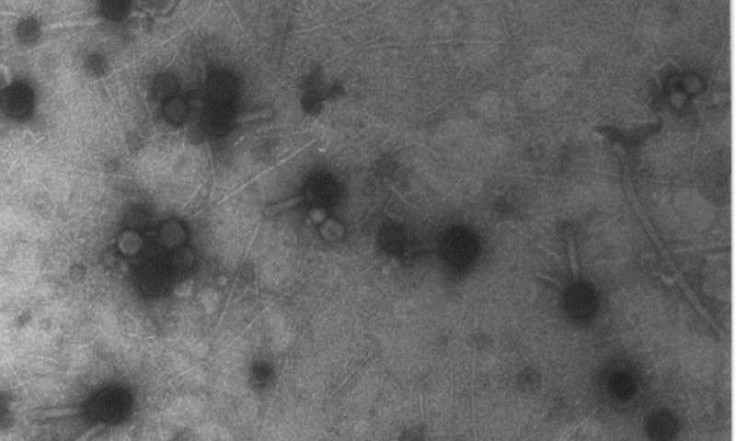'Astonishing' number of viruses are falling from the sky
Why genetically identical viruses are found in different environments.
An astonishing number of viruses and bacteria are circulating in the Earth's atmosphere before falling to the surface, according to research conducted by an international team of scientists.
The study, published in the International Society for Microbial Ecology Journal, is the first to quantify the phenomenon of viruses being swept from the Earth's surface and into the troposphere - the lowest layer of the atmosphere, which extends to a height of about 6-10km.
These pathogens often travel thousands of kilometres before being carried back to the surface.
"Every day, more than 800 million viruses are deposited per square metre above the planetary boundary layer," said Curtis Suttle, a University of British Columbia virologist.
The phenomenon may explain why genetically identical viruses are often found in very different environments around the world.
"Roughly 20 years ago we began finding genetically similar viruses occurring in very different environments around the globe," he said. "This preponderance of long-residence viruses travelling the atmosphere likely explains why - it's quite conceivable to have a virus swept up into the atmosphere on one continent and deposited on another."
The viruses and bacteria get carried into the atmosphere by hitching a ride on tiny soil dust particles or sea spray.
Researchers travelled to heights above 2,500 metres, the minimum altitude at which particles are susceptible to being carried long distances, in Spain's Sierra Nevada mountains and recorded data at various points.
Their findings showed that every day, billions of viruses and tens of millions of bacteria were being deposited per square metre.
"Bacteria and viruses are typically deposited back to Earth via rain and Saharan dust," said microbial ecologist Isabel Reche of the University of Granada. "However, the rain was less efficient removing viruses from the atmosphere."






















